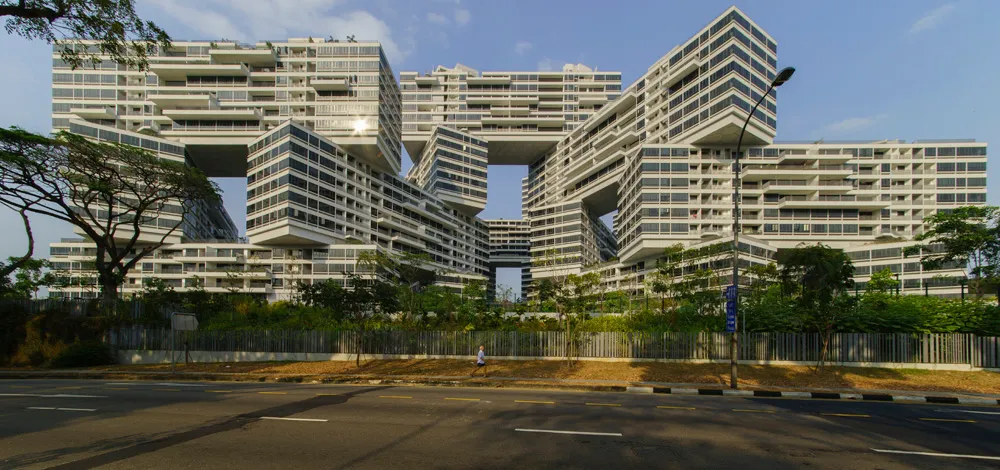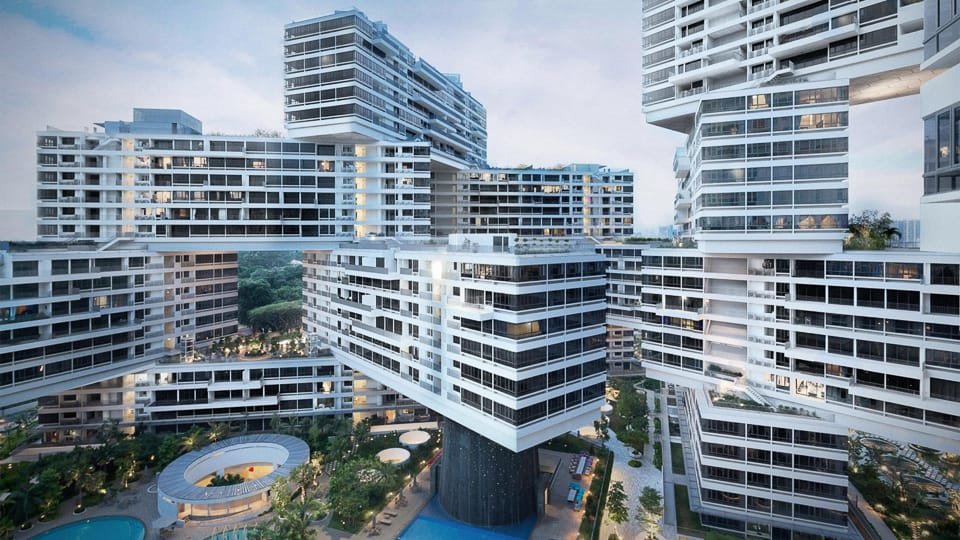Photographing tall buildings and skyscrapers presents unique challenges and opportunities for photographers. The sheer scale and architectural details of these structures require specific techniques to capture their grandeur and essence effectively. Here are some expert tips to help you photograph tall buildings and skyscrapers with stunning results.
Understand the Challenges
1. Scale and Proportion
Capturing the immense height and scale of tall buildings can be challenging. It’s essential to find the right angles and compositions to convey their size accurately.
2. Perspective Distortion
When photographing skyscrapers, especially from a close distance, perspective distortion can cause buildings to appear to lean or converge. Learning how to manage and use this distortion creatively is key.
3. Lighting Conditions
Skyscrapers can create shadows and reflections that affect the lighting of your shots. Understanding how to use natural light to your advantage will help in capturing the best photos.
Essential Techniques
1. Choose the Right Lens
Wide-Angle Lenses:
A wide-angle lens is ideal for capturing tall buildings as it allows you to fit the entire structure into the frame. However, be mindful of distortion at the edges of the frame.
Tilt-Shift Lenses:
Tilt-shift lenses are specifically designed for architectural photography. They allow you to control perspective distortion and maintain straight lines, making them perfect for photographing skyscrapers.
2. Use Leading Lines
Guide the Viewer’s Eye:
Leading lines can direct the viewer’s gaze towards the top of the building, emphasizing its height. Use elements like roads, pathways, or other buildings to create these lines.
3. Find the Right Angle
Low Angle Shots:
Shooting from a low angle can make skyscrapers appear even more imposing and grand. Position yourself close to the base of the building and angle your camera upwards to capture its full height.
High Vantage Points:
If possible, find a higher vantage point, such as a nearby building or observation deck. This perspective can provide a unique view of the skyscraper and its surroundings.
4. Incorporate Foreground Elements
Add Depth:
Including foreground elements like trees, statues, or people can add depth to your photos and provide a sense of scale. This technique helps in creating a more engaging composition.
5. Capture Reflections
Utilize Reflective Surfaces:
Skyscrapers often feature glass facades that reflect the sky, clouds, and surrounding buildings. Use these reflections creatively to add interest and complexity to your images.
6. Time of Day Matters
Golden Hour:
The golden hour, shortly after sunrise or before sunset, provides soft and warm light that can enhance the architectural features of skyscrapers. The long shadows and glowing facades create a dramatic effect.
Blue Hour:
The blue hour, just before sunrise or after sunset, offers a unique atmosphere with a cool, blue tint. The city lights coming on during this time can add a magical touch to your photos.

7. Experiment with Composition
Rule of Thirds:
Apply the rule of thirds to create balanced and visually appealing compositions. Position the building off-center to include more of the surrounding environment.
Symmetry:
Skyscrapers often have symmetrical designs. Use this symmetry in your compositions to create harmonious and aesthetically pleasing images.
8. Manage Perspective Distortion
Correct in Post-Processing:
Software tools like Adobe Lightroom and Photoshop offer perspective correction features. Use these tools to straighten lines and correct any distortion caused by wide-angle lenses.
Tilt-Shift Lenses:
As mentioned earlier, tilt-shift lenses can help manage perspective distortion directly during shooting, reducing the need for extensive post-processing.
9. Capture Details
Focus on Architectural Features:
Tall buildings often have intricate details and unique architectural elements. Zoom in on these features to highlight the design and craftsmanship.
10. Use a Tripod
Stability and Precision:
A tripod provides stability, especially in low light conditions or when using slow shutter speeds. It also allows for precise framing and composition adjustments.
Practical Tips for Successful Shoots
1. Scout Locations
Plan Ahead:
Visit the location before your shoot to identify the best angles and compositions. Note the lighting conditions at different times of day and plan your shoot accordingly.
2. Be Patient
Wait for the Right Moment:
Sometimes, the best shot requires patience. Wait for the right moment when the light is perfect, or the scene is free from distractions like crowds or traffic.
3. Experiment and Practice
Try Different Techniques:
Don’t be afraid to experiment with different perspectives, compositions, and lighting conditions. Practice regularly to develop your skills and discover new ways to capture skyscrapers.
Conclusion
Photographing tall buildings and skyscrapers is both challenging and rewarding. By understanding the unique aspects of these structures and applying the right techniques, you can capture stunning images that convey their grandeur and architectural beauty. Whether using a wide-angle lens to encompass the entire structure, experimenting with different perspectives, or incorporating reflections and leading lines, mastering these tips will help you create impactful architectural photos.

